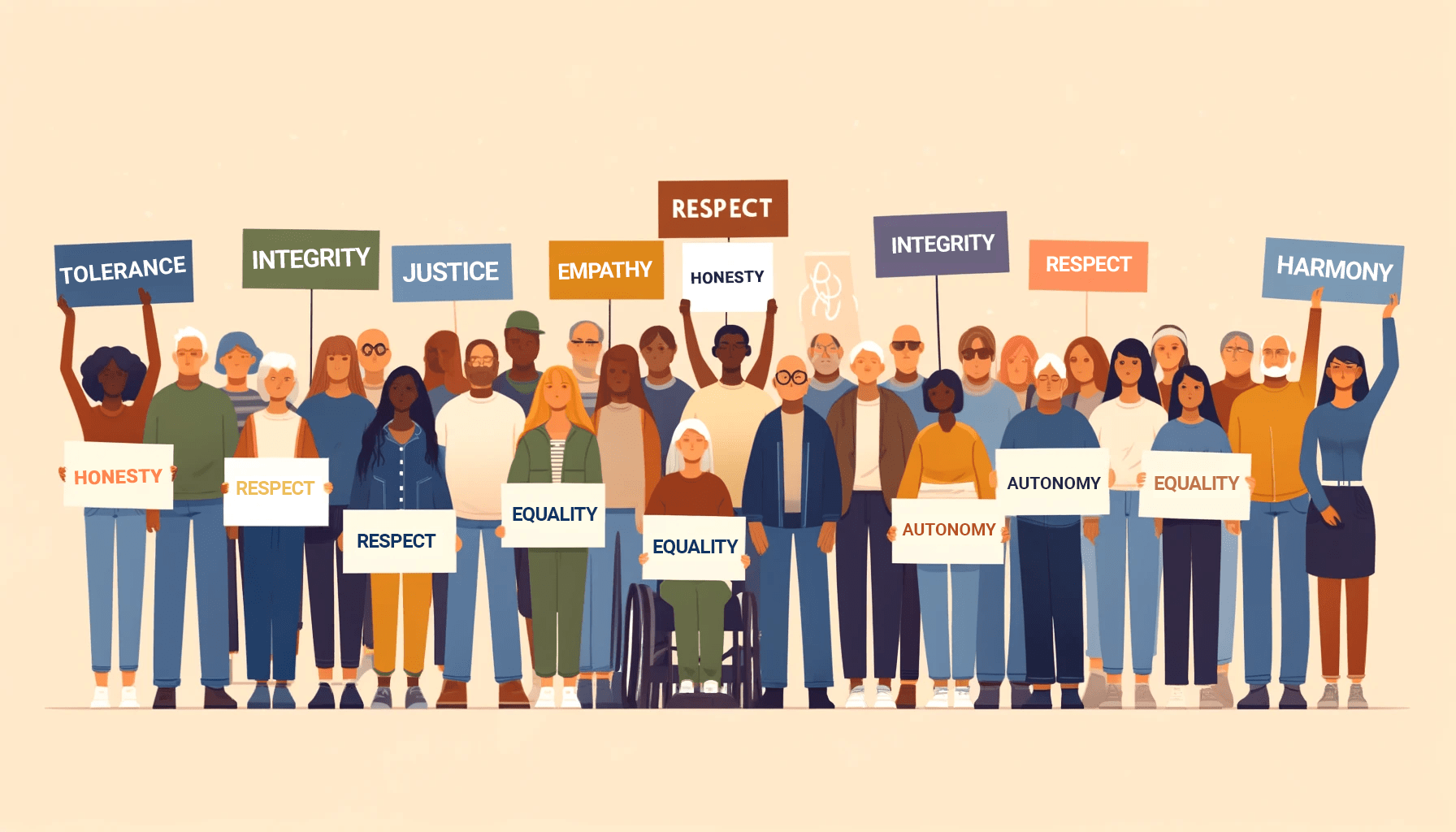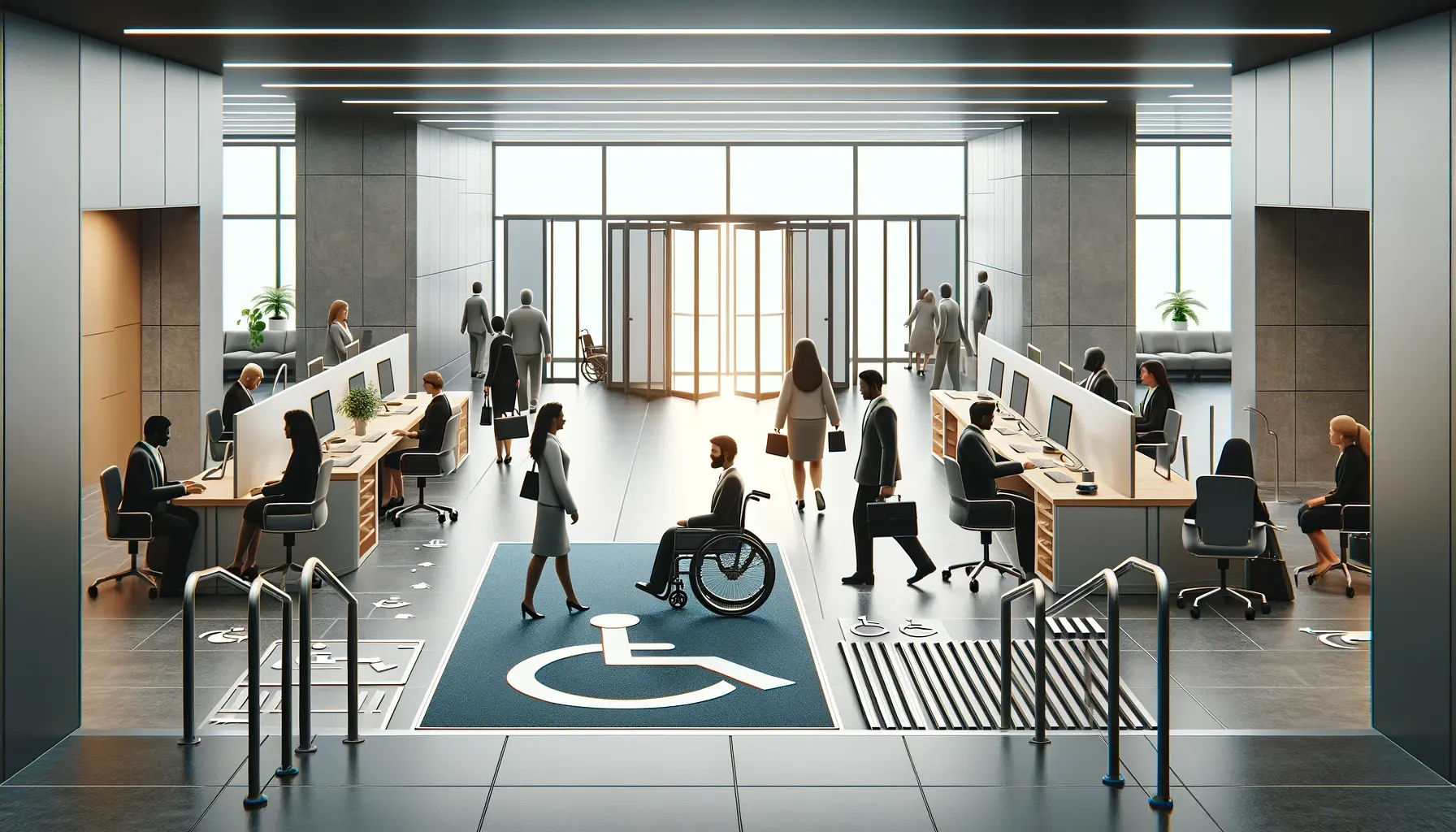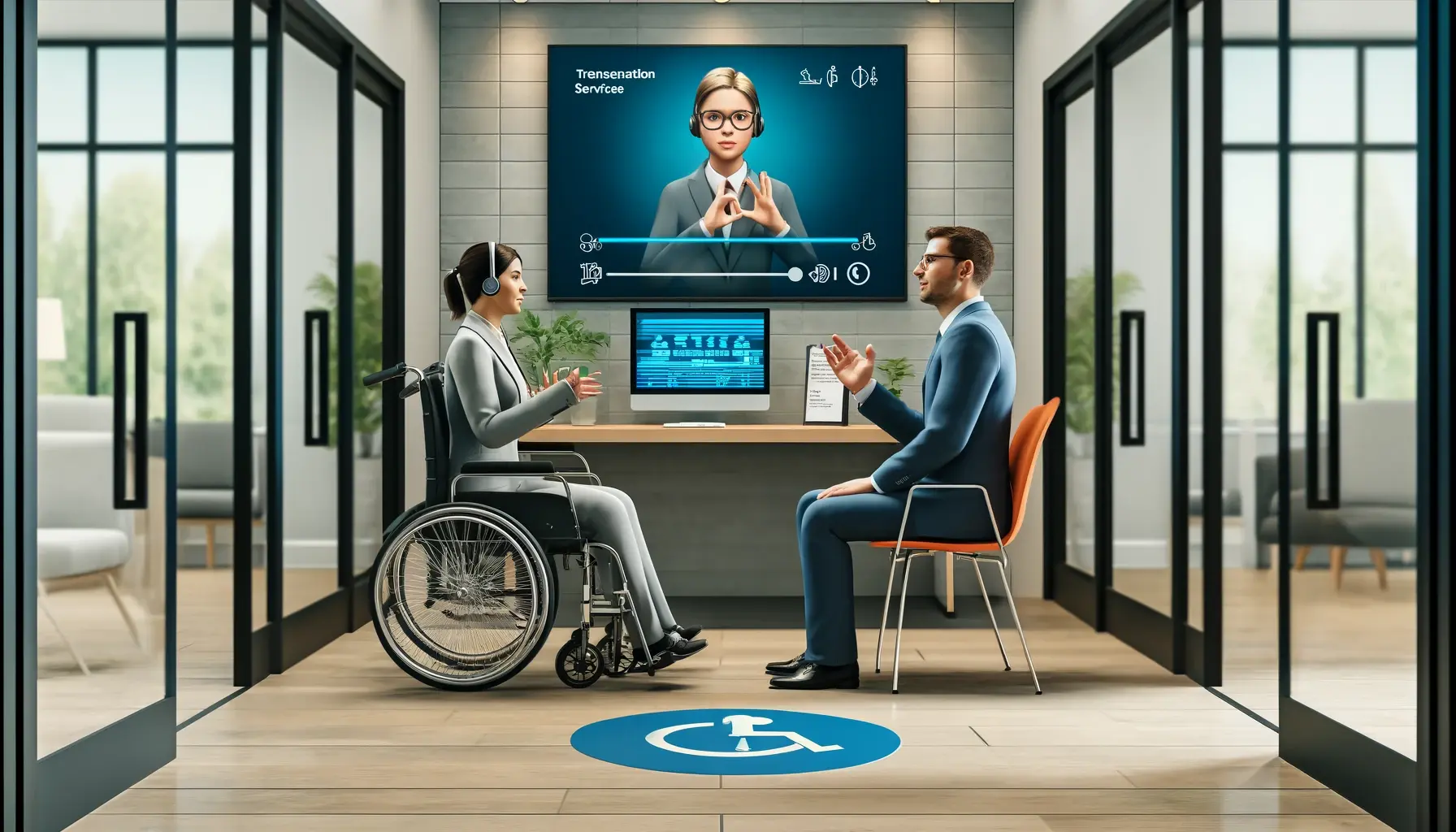Our Blogs

At Accessibility Partners, we are dedicated to helping organizations achieve and maintain compliance with legislation, including the Accessibility for Ontarians with Disabilities Act (AODA). Our comprehensive accessibility audits and remediation services have enabled various organizations to enhance their digital accessibility. This blog highlights the successful outcomes of these initiatives (without revealing client details), showcasing our commitment to help create inclusive environments.

In our increasingly visual and digital world, video content dominates online platforms. But what good is a compelling video if it excludes a significant portion of your audience? For anyone subject to the Accessibility for Ontarians with Disabilities Act (AODA), video accessibility is not just optional—it's essential. With the AODA accessibility standards in full swing, there’s a mandate to ensure all content is welcoming to

Language is a powerful tool; it can inspire, comfort, and unite, but it can also oppress, demean, and divide. For the disability community, language plays a crucial role in the fight for inclusivity. It is especially significant in shaping public perception and personal identity.] In a society where words reflect and sometimes dictate our collective beliefs and behaviours, the careful selection of terminology is paramount.

Accessibility Partners has been at the forefront of ensuring that municipal services and communications in Ontario are inclusive and accessible to all, aligning with the Accessibility for Ontarians with Disabilities Act (AODA) standards. With our expertise, we have helped municipalities make significant strides towards AODA compliance, fostering greater community inclusivity. This blog covers our experiences with two (anonymous) municipal projects, shedding light on the intricacies

In an era where inclusivity is not just valued but essential, the public sector in British Columbia is stepping up to the challenge. Recent legislation has introduced new accessibility requirements, marking a significant step towards a more inclusive society. This blog post explores these new mandates and how Accessibility Partners can play a pivotal role in aiding public sector organizations to meet these evolving standards.

In today's rapidly evolving digital landscape, ensuring that services and products are accessible to everyone, including people with disabilities, is not just a legal requirement but also a moral necessity. One of the most effective strategies to achieve this is by establishing an Accessibility Advisory Committee (AAC). Here are some compelling reasons why your organization should consider forming an AAC:

The Accessible Canada Act (ACA), enacted in 2019, represents a significant step forward in creating a barrier-free Canada. This legislation aims to identify, remove, and prevent accessibility barriers in areas that fall under federal jurisdiction. Here's a quick guide to understanding the ACA and its impact on businesses and individuals.

In today’s evolving marketplace, accessibility in hiring is a legal requirement. The Accessibility for Ontarians with Disabilities Act (AODA) alongside other Canadian legislations, such as the Canadian Human Rights Act and provincial codes, mandate and set the framework for inclusive recruitment practices. But the implications of these policies stretch well beyond compliance; they pave the way for a diverse, innovative, and adept workforce that is

Navigating the complex world of accessibility compliance can be a daunting task for any company. Consider accessibility laws like the Accessibility for Ontarians with Disabilities Act (AODA), the Accessibility for Manitobans Act (AMA), the Accessible Canada Act (ACA), the Americans with Disabilities Act (ADA), and standards such as the Web Content Accessibility Guidelines (WCAG), all of which are evolving constantly. This means that staying compliant

Imagine you’re playing a video game for the first time and the instructions are hard to understand. That’s how the internet feels people with learning disabilities. This is where digital accessibility comes in to make sure that online spaces are easy to navigate for everyone, regardless of their ability.

It’s important to understand what document remediation is and why it’s important. Document remediation refers to the process of modifying digital documents (like PDFs, Word documents, and Excel spreadsheets) to ensure they are accessible to all users, including those with disabilities. This process involves incorporating various features such as alternative text (“alt text”) for images, proper heading structure, readable fonts, and navigable layouts.

Imagine the frustration of not being able to access travel information like schedules, tickets, changes, or policies because a website is hard to navigate, or the confusion when encountering newly procured elevators with touch screens that are still largely inaccessible to blind people because they require the user to locate objects on the screen visually.
CONTACT US
Get Free Initial Compliance Consultation
At Accessibility Partners, we specialize in ensuring compliance with accessibility standards. Let us handle all your accessibility needs efficiently, so you can focus on your core business. Trust our expertise to keep your organization accessible to all.
